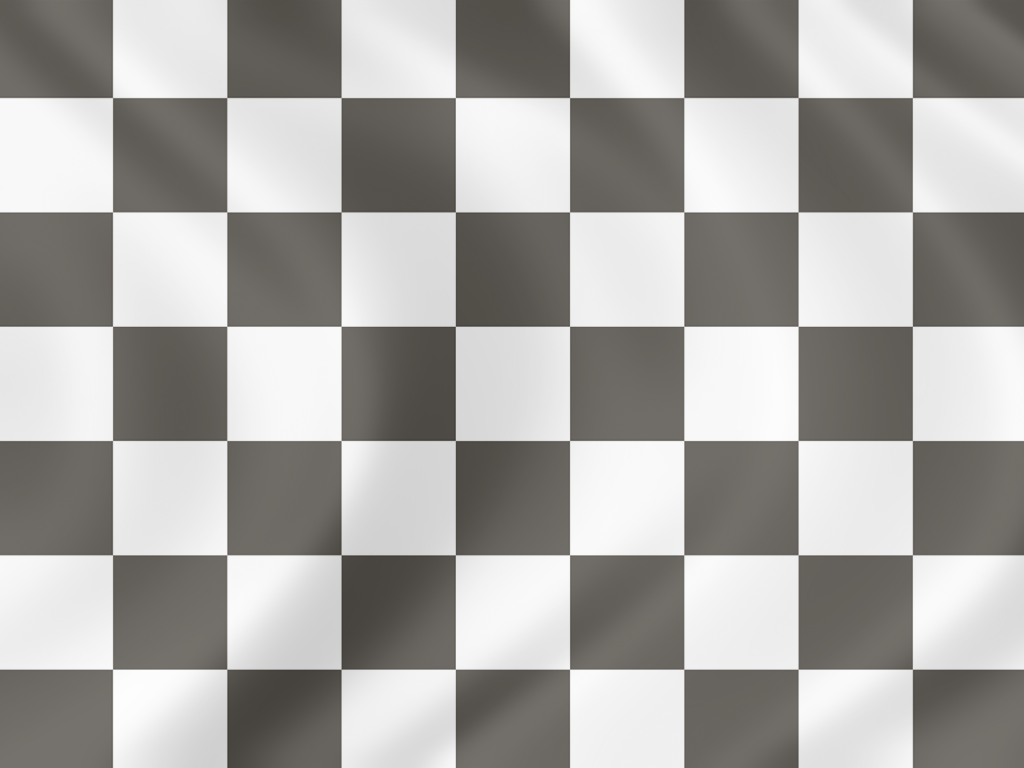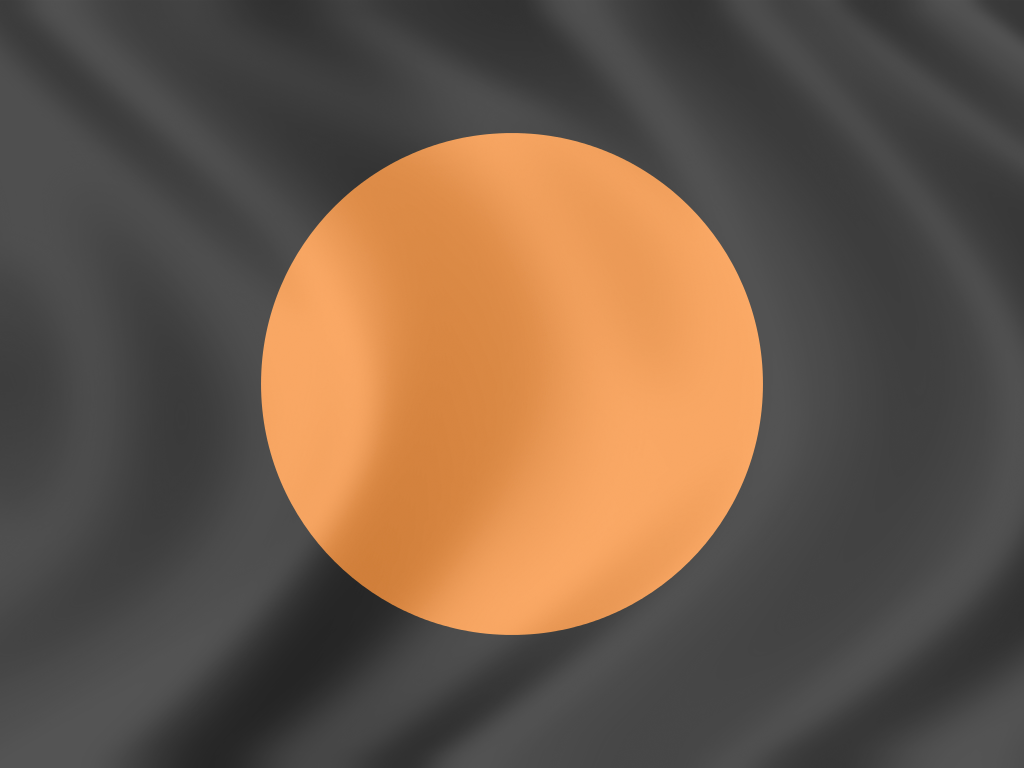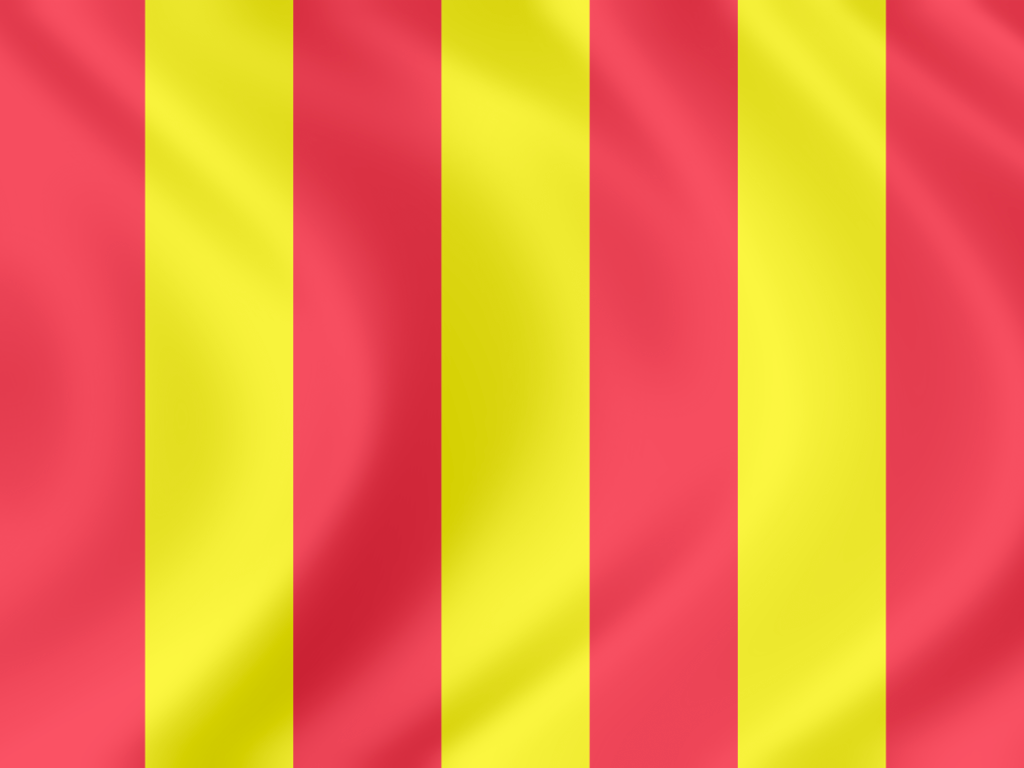What do the different Formula 1 flags mean?
As if driving at rapid speeds wasn’t enough to focus on, F1 drivers also have many flags to memorise
Your support helps us to tell the story
From reproductive rights to climate change to Big Tech, The Independent is on the ground when the story is developing. Whether it's investigating the financials of Elon Musk's pro-Trump PAC or producing our latest documentary, 'The A Word', which shines a light on the American women fighting for reproductive rights, we know how important it is to parse out the facts from the messaging.
At such a critical moment in US history, we need reporters on the ground. Your donation allows us to keep sending journalists to speak to both sides of the story.
The Independent is trusted by Americans across the entire political spectrum. And unlike many other quality news outlets, we choose not to lock Americans out of our reporting and analysis with paywalls. We believe quality journalism should be available to everyone, paid for by those who can afford it.
Your support makes all the difference.There are many different flags in F1 racing, all used to send different messages to drivers. They are essential in ensuring the safety of all the drivers on and off the track, and are in use whenever the cars are active.
It can be difficult to keep a track of all the flags, some having only slightly different meanings to others. Here, we give a comprehensive guide to all the flags you might see when watching your next F1 session or race:
Black and White Chequered Flag

The finish line. This iconic flag marks the end of any session or race. It is waved from above the pit wall, and continues waving until all cars have crossed the line.
Green Flag

When the green flag is shown, it means the track is clear. This could be at the start of a warm-up lap, practice or qualifying session, or after an incident.
Easy to remember: green means go.
Yellow Flag

A yellow flag means the opposite: there is a hazard up ahead that the driver needs to be aware of. If the flag is waved once, they must reduce their speed, cannot overtake and make preparations to change direction.
If the flag is double waved, the driver must reduce their speed considerably. The hazard is wholly or partly blocking the track, and it would be dangerous to proceed. The lap is abandoned.
Red Flag

When this flag is waved, the practice session, qualifying session, or race is stopped. This will usually be due to extreme weather or a severe accident.
Officials will wave the red flag at the start line and from the marshals posts to make all drivers aware. Drivers must reduce their speed and proceed to either their garages or pit lane exit, depending on the type of session or race.
Blue Flag

The blue flag informs a driver that the car behind them is travelling faster and wants to overtake. In a race, it takes on a slightly different meaning, as it also tells the driver they are about to be lapped.
In this case, the driver must allow the faster car to overtake at the earliest safe opportunity. They will receive a warning for not doing so, and will be penalised after three.
White Flag

The white flag is used to tell a driver that a much slower vehicle is ahead of them, so they must be aware of the hazard.
Black Flag

This flag is used to disqualify a driver. If a driver is given this flag, they must return to their pit garage immediately. It is the stewards who will decide when to use this flag.
Black and White Flag

This flag is shown to a driver as a warning for unsportsmanlike behaviour. It will appear alongside the driver’s race number to avoid confusion.
Black and Orange Flag

Featuring a large orange circle on a black background, this flag is used to indicate to a driver that their car has damage or a mechanical failure which could be dangerous. The driver’s race number will also appear alongside the flag.
If a driver sees this flag, they must return to to the pits. The car may return to the track if the chief scrutineer is satisfied the problem has been resolved.
Yellow and Red Striped Flag

This flag is used to indicate that there is a slippery surface up ahead, usually due to oil or water. Grip levels will be lower for tires, so drivers must take heed and slow down.
Join our commenting forum
Join thought-provoking conversations, follow other Independent readers and see their replies
Comments